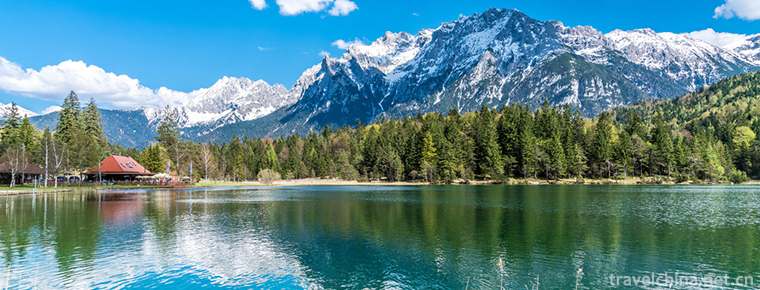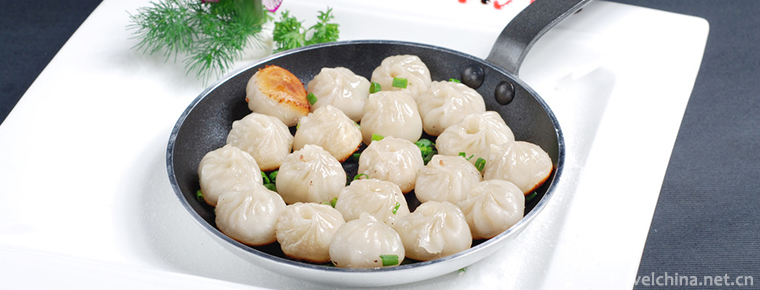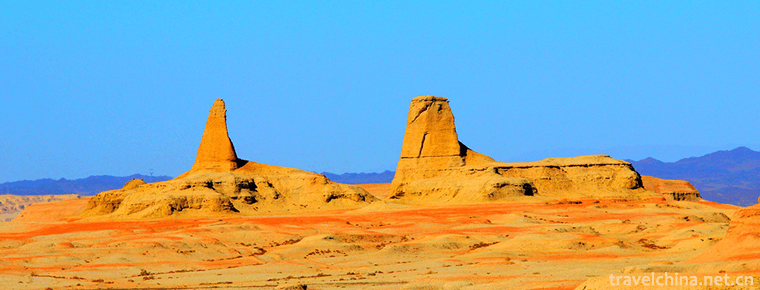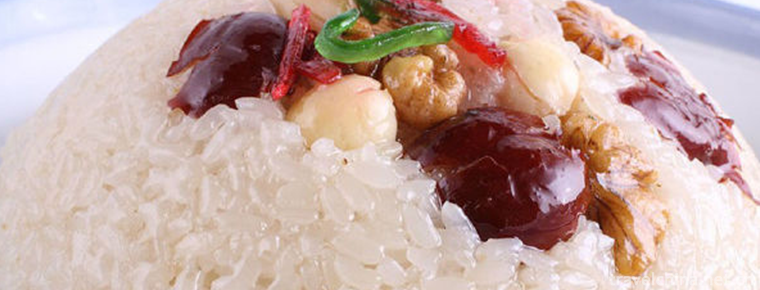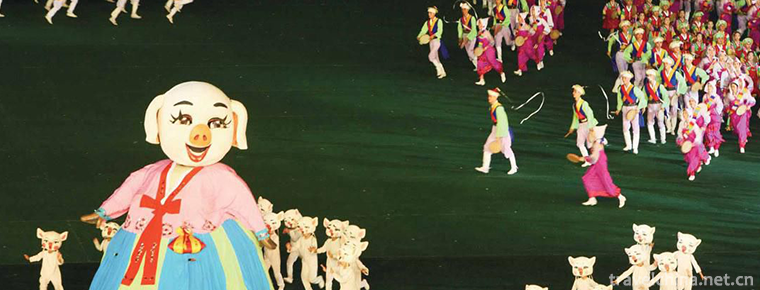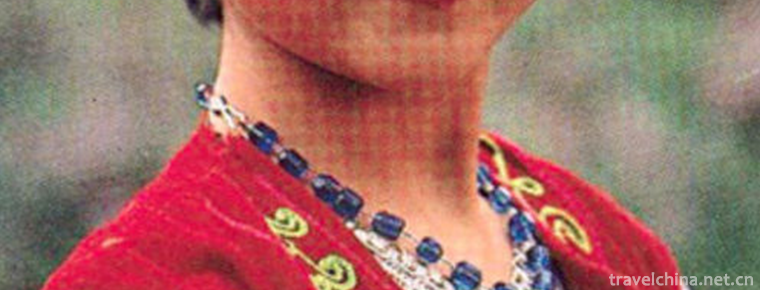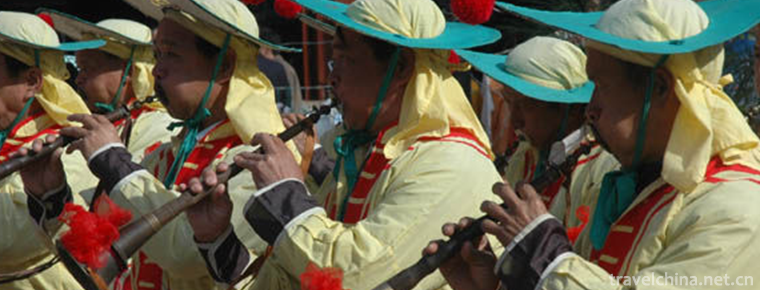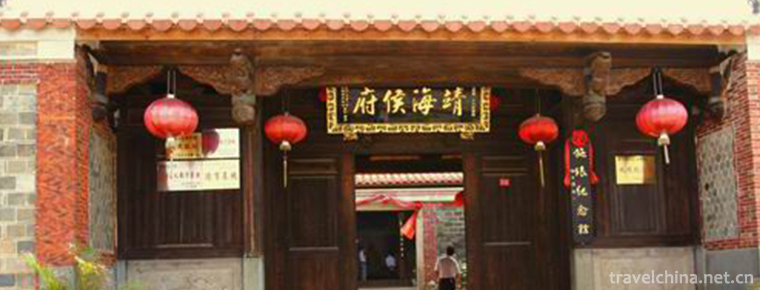Hu Yiyang Legend
Hu Yiyang Legend
Hu Yiyang (about 1639-1718) is a good prime minister. He is a native of Liuting Village, Renhua Township, Moxian County (now Liuting Street, Chengyang District, Qingdao City). All his life, he did not become an official, but taught and apprenticed as his career. He is the author of Yixiang Enlightenment, Yijing Zhengshi, Jiezhi Mengtu Shuo, Liuxi Fragments, Cold Night Collection and so on.
brief introduction
Hu Yiyang (about 1639-1718) is a good prime minister with the character of Yiyang, a native of Jimo in Qingdao, Shandong Province (now Liuting Town, Chengyang District). All his life, he did not become an official, but taught and apprenticed as his career. "Family is very poor, one does not take, Peng room urn, leisurely and comfortable. Elegant workmanship and craftsmanship are regarded as a way of making progress. It can be seen that this is a scholar who pursues something quite different from the general feudal scholar-bureaucrats. Hu Yiyang's former residence has been built in Chengyang District.
Folklore
Folk legends are Liyang, Yuyang, Weiyang, Liangtong, Xiangying, Yiyang, Virgin of Yuyu, and Mochengyang in Qing Dynasty. Born in Chongzhen, Ming Dynasty (1639), he studied in Wali and Huijuyuan when he was a teenager. When he was 16 years old in 1655, the gatekeeper forced him to undress his clothes and search his body. He was so angry that he flew away, swearing that he should not try all his life and then set up a hall to teach his apprentices for a living.
contribution
Hu Fuyang is endowed with extraordinary qualities. His intensive study of Zhouyi is different from that of Liluo. The family is very poor, carefully selected, Pengcheng urn, leisurely and self-satisfied. Although elegant workmanship and craftsmanship, but see the road of progress as well, but with Laoshan Baifuan Jiang Qingshan Road long intersect very closely. Hu Yiyang died in 1718 in the fifty-seventh year of Kangxi in the Qing Dynasty. After his death, the Hu clan was honored as the tenth ancestor. Hu Yiyang left behind many anecdotes and anecdotes for future generations. In the Qing Dynasty's Jiaozhou Chronicle, there is Guziyang in the South China Sea of Lingdong Province. Someone here meets an old man who is sailing a boat and wears Taoist clothes with a very ancient appearance. It was more than 40 years since Hu Yiyang died. Hu Yiyang "seventy years, foretelling the end of the disease without illness". The Yi Jing Zheng Shi Jie was not printed at that time, but its manuscript remained. It was not until 300 years after Hu's death that its descendant Hu Pengchang printed it in Beiping.
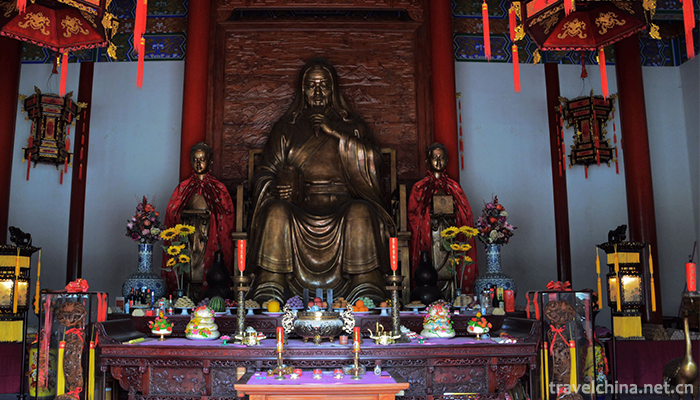
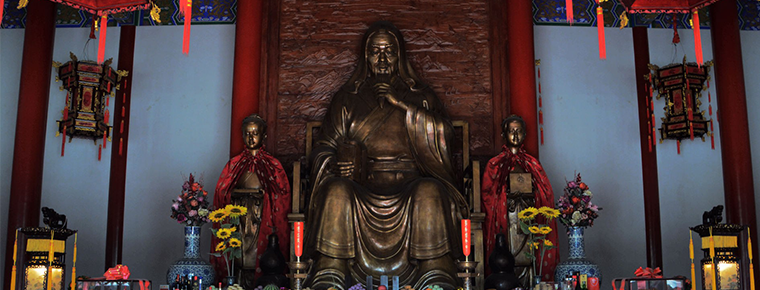
Hu Yiyang Legend
-
Changbai Mountains
Changbai Mountains are the birthplace of the Yalu River, Songhua River and Tumen river. It is the birthplace of Chinese Manchu and the sacred mountain of Manchu culture
Views: 237 Time 2018-10-30 -
Beef bun on pot
Beef bun on pot/Beef frying bag is a home-cooked delicacy. It is made of beef as the main ingredient and salt as the auxiliary ingredient. Among them, the most famous and authentic is Yongcheng specia
Views: 608 Time 2018-11-26 -
Kanas Scenic Area in Altay Area
Kanas Scenic Area is located in the middle section of Altai Mountain in Xinjiang, which is located in the border area between China and Kazakhstan, Russia and Mongolia
Views: 123 Time 2018-12-12 -
Eight treasures sweet rice
Babao sweet rice, also known as Babao rice, is a traditional snack with glutinous rice as its main ingredient. With jujube, lotus seed, Baitai, white fruit, longan meat, green red silk and so on
Views: 233 Time 2019-03-26 -
Arirang
Alirang, known as Alirang Daling, is a famous Korean song and the most representative folk song on the Korean Peninsula. It is known as the "First National Anthem" and "National Songs&q
Views: 183 Time 2019-03-28 -
Kazakh Costume
Kazakh people are characterized by pastoral nomadic culture. Their clothes are easy to ride. Their national clothes are mostly made of sheep's skin, fox's skin, deer's skin and wolf's skin, reflecting
Views: 231 Time 2019-05-02 -
Hebei Drum Music
Hebei drum and percussion music is a local traditional music mainly composed of percussion instruments and percussion instruments. It has been an important type of music
Views: 157 Time 2019-05-02 -
Construction Techniques of Traditional Residential Buildings in Southern Fujian
South Fujian residential building technology is a unique traditional architectural technology originating in Quanzhou, which began in Tang and Five Dynasties, is the mainstream of ancient architectura
Views: 171 Time 2019-06-05 -
Dragon elbow mountain
Longcub mountain, also known as yuxu mountain, is located in Longquan Township, northwest of Huili County, Liangshan Yi Autonomous Prefecture, Sichuan Province, China. It is also known as yuxu mountain at the junction of Baiguowan
Views: 359 Time 2020-10-16 -
Wangcong Temple
Wangcong temple, located in the southwest of Pidu District, Chengdu City, Sichuan Province, is 23 kilometers away from Chengdu City. It was built in memory of Du Yu, the earliest king of Shu, and his successor Cong di.
Views: 182 Time 2020-11-05 -
Kangding yak meat
There are many wild medicines such as Fritillaria, Cordyceps and so on growing in these areas over 3500 meters. Yaks often eat these herbs, and their meat is incomparably delicious. After being killed, they can be roasted in brown sauce, stewed or dried in the cold
Views: 214 Time 2020-12-06 -
Historical evolution of Meishan
The establishment of Meishan government began in the third year of Jianwu (496) of the Southern Qi Dynasty. Qitongzuo county was built in the south of Wuyang County, Qianwei county. In the ordinary period of Nanliang (520-527), qitongzuo county was renamed as Qitong County, and Qitong county was established with the same county.
Views: 292 Time 2020-12-18
